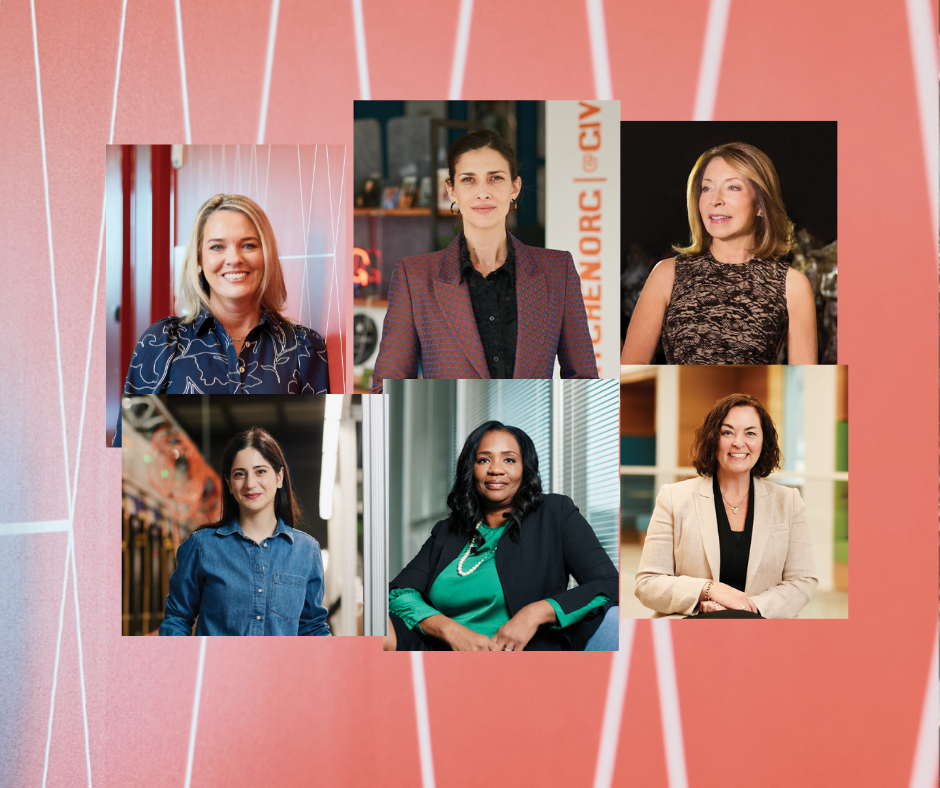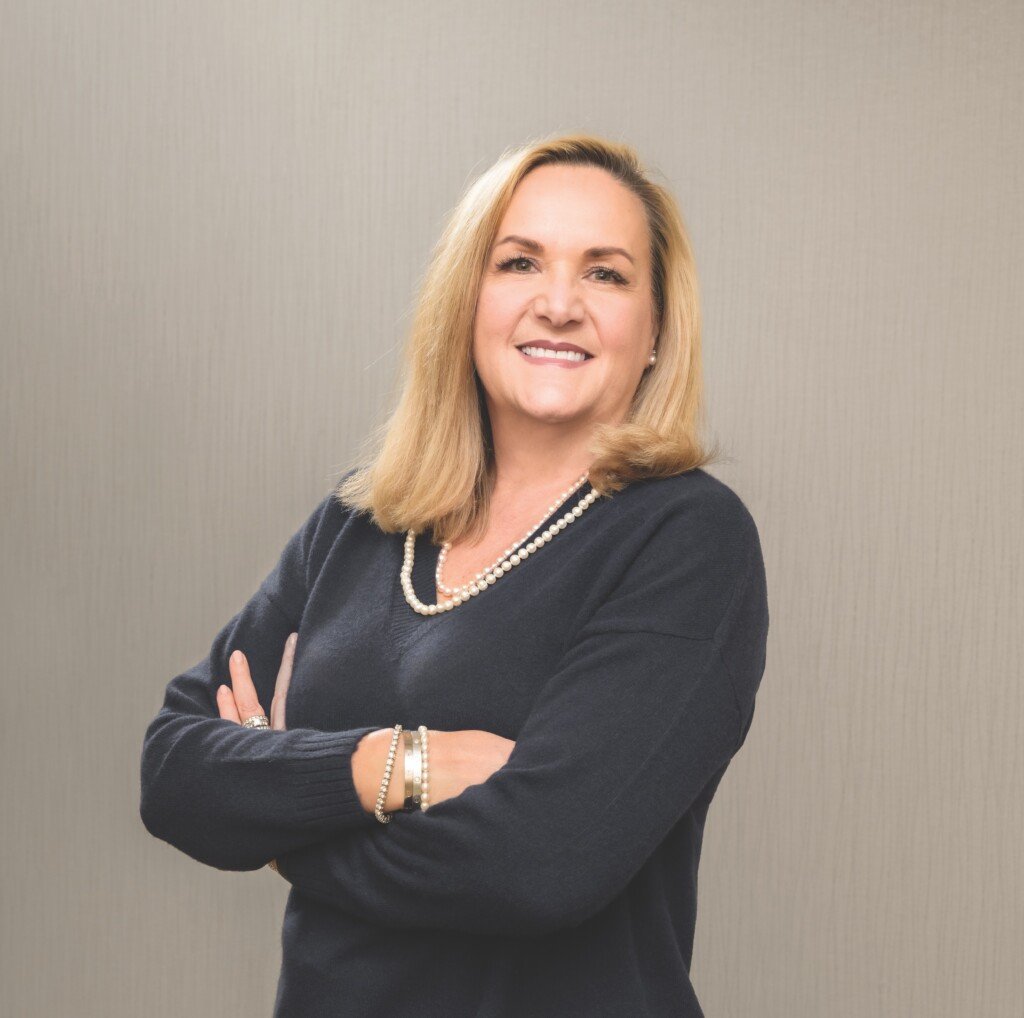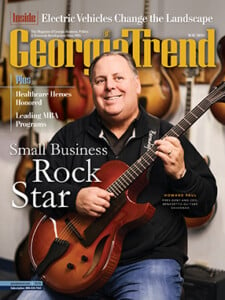Catching up with… Brooks Keel
President, Augusta University
Brooks Keel was appointed president of Augusta University, his alma mater, in 2015. After leading the school during a time of tremendous growth and expansion, Keel will retire in June. These are edited highlights from an interview.
What are you most proud of at Augusta University during your time there?
There have been so many things. First, settling on the final name for Augusta University, which happened about two months after I [arrived]. That allowed us to completely rebrand and remarket the university and consolidate the brand across all of our entities. That single thing has done more to galvanize us with the community and brought this sense of pride to the university.
Second is the continuous and dramatic increase in enrollment that we’ve seen. Our enrollment this [past] fall is 10,546 students. When I started, we had in the previous five years a decrease year over year in enrollment. Starting in 2015, we have had an increase of about 3% year over year – altogether about a 25% increase in enrollment. That says a lot about the reputation of the university, that it is now a destination campus.
What are the university’s most important contributions to the community and the state?
You can’t talk about the contributions we make without talking about the history that we have here with the Medical College of Georgia. It’s the country’s 13th oldest medical school. We’re the eighth largest medical school and starting next June when we begin our partnership campus in Savannah, along with Georgia Southern [University], we will probably be the third largest medical school in the country. That is [helping to alleviate] the huge physician shortage in the state.
We’re building a four-year partnership campus in Savannah. The relationship that we have with St. Joseph’s/Candler Hospital there and the facilities that Georgia Southern has on the Armstrong campus allow us to create that new class. Starting this June, we’ll [have] 40 medical students start there. They will get their entire four years of medical school training at that campus. It will allow us to increase the number of incoming medical students from 260 to 300.
Tell us about the partnership with Wellstar.
We’ve been looking for a partner [since] before COVID that would help our health system deliver outstanding, quality healthcare and also share the mission that we have for research and education. Wellstar fit that bill. The partnership will allow us to continue to expand and support the health system, the hospital that we have here in Augusta, which is the classroom for our medical students. The partnership will also allow us to extend access to healthcare throughout the entire state of Georgia.
The Georgia Cyber Center has really grown. How has that changed the face of Augusta?
The center is 320,000 square feet of space dedicated to what we call an ecosystem of business and industry, government and academia all in one place, all dedicated toward understanding computer science as it relates to cyber and cybersecurity. That has done wonders for the community, especially [since] the Army has now moved [its] entire Cyber Command here to Fort Eisenhower. We knew here at the university that if we weren’t getting prepared for that and establishing [the School of Computer and Cyber Sciences] like we have at the Georgia Cyber Center – where the government contractors … supporting that Army mission can coalesce in one location and where our students can have access to that – that we’d miss the boat, and [so] that’s what we have done. That is drawing a tremendous amount of attention to the city of Augusta as an economic development driver.
What do you look forward to seeing at Augusta University as you retire?
I’m excited about the creative ways that our faculty has come together to do things that no other university has done. Our strong cyber program is a great example of that. We’re beginning an animation program here that will bridge art and science and bridge the humanities and medicine in very, very creative ways. I think that’s just the beginning.








